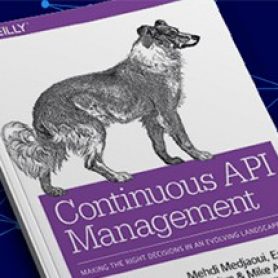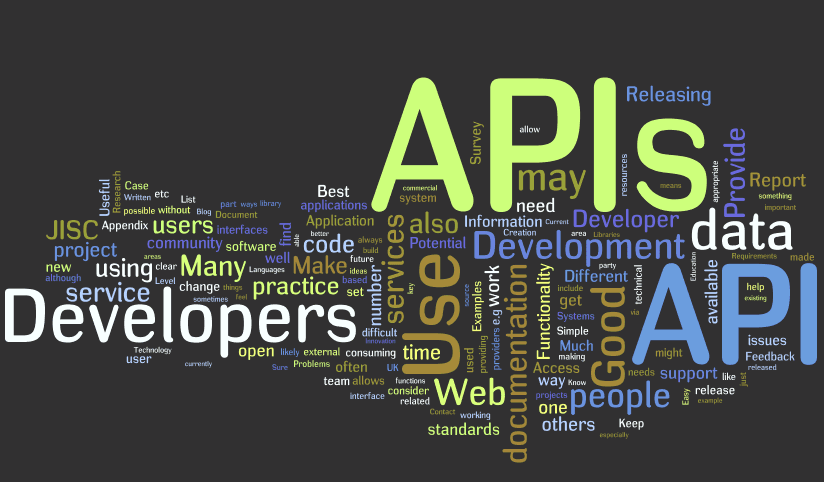How to unlock the full potential of iPaaS with API-led connectivity
Integration is critical for all businesses, and the right Integration Platform-as-a-Service (iPaaS) is a key piece for any organization looking to accelerate digital efforts.
iPaaS vs. full lifecycle API management: Why you need both
Chances are that if you found your way to this blog — you already understand the importance of integration within the enterprise. According to the
The challenges that lie ahead amid the rise of the composable enterprise
The demand for flexible business models from our consumers is at an all-time high, re-assembling and re-composing organization’s digital products at a faster pace
8 challenges of API landscapes
One of the key tasks of supporting a vital API program for your company is dealing with change over time. In previous articles, I've
Divide and conquer: Decoupling API provider and consumer lifecycles
Like any product, APIs and client apps that use APIs have their own lifecycles. They each experience their own Create, Publish, Realize, Maintain, and
Five stages of the API product lifecycle
Just like any product, APIs have their own lifecycle with distinct phases. And recognizing them means you can take advantage of them by focusing
Continuous API management
O’Reilly Media published its first book on API management in December of last year. I sat down with the book’s authors to explore some
Organizing API ecosystems to drive better customer experiences
In 1989, when Jan Carlzon, the now former CEO of Scandinavian Airlines (SAS), published his book Moments of Truth, he posited that a customer's
Webinar: Keys of success in full lifecycle API management
APIs are becoming critical to thriving in today's digital economy. In our recent Connectivity Benchmark Report, we surveyed over 650 IT leaders and found
How to build your CI/CD pipeline for the full API lifecycle
For many, a continuous integration (CI) and continuous deployment (CD) pipeline is an important aspect of software development that provides wide benefits––from reducing error-prone






















